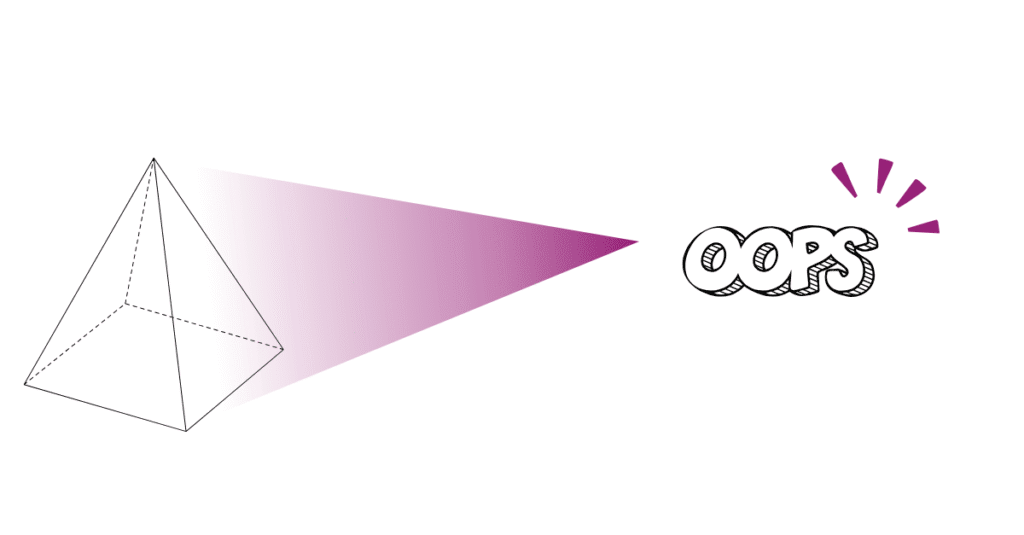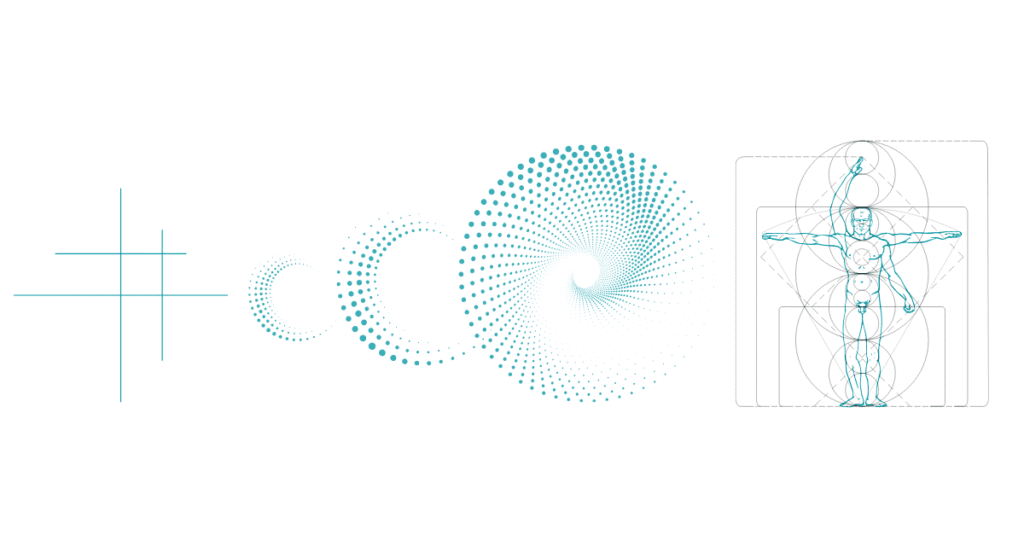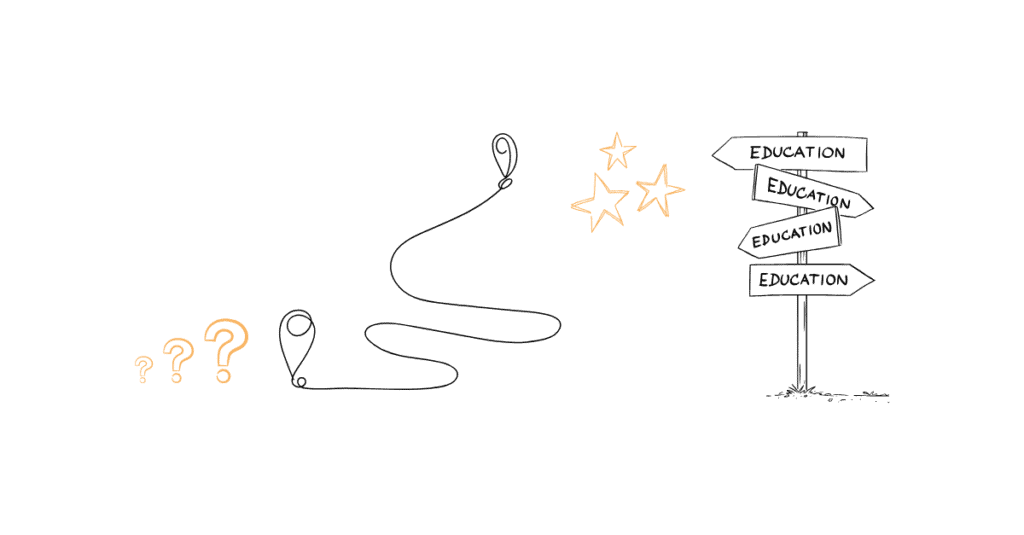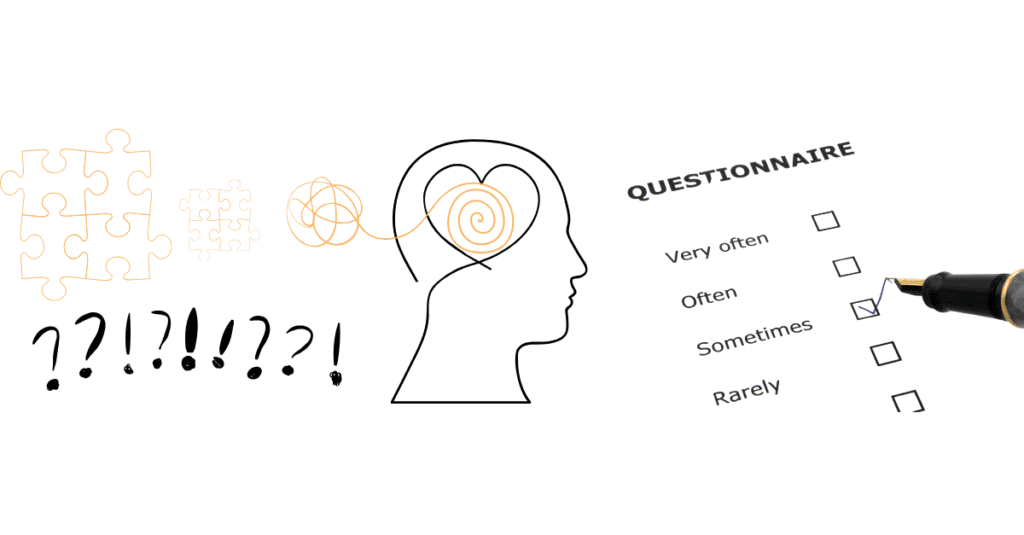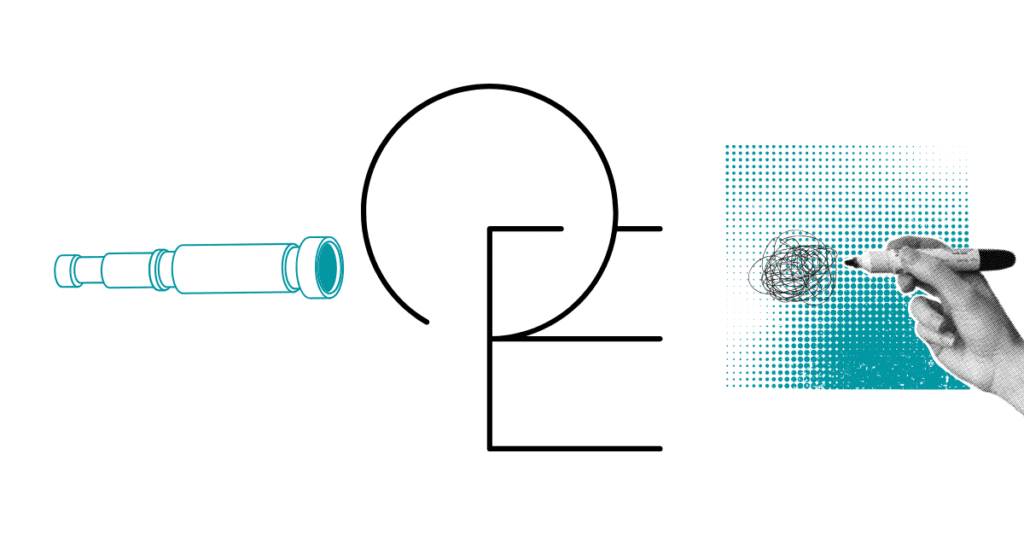Goal:
The RCA Canvas is a template that we developed to help you identify and categorise next steps within a process or project.
The acronym RCA stands for “Remove”, “Change”, and “Add”, inviting you to think from different angles about how you want to iterate your operations. Moreover, the canvas is designed to produce immediate results. This means that from all the things you write down in the 3 columns (R, C, and A), you have to identify one in each column that you will complete within the next 72 hours.
Finally, we added a fourth column in which you have to map out the expected results from the intended changes. By clearly mapping out the positive outcomes, you are more likely to take action.
Problems that can be solved through the RCA Canvas:
✅ RCA helps your team gain orientation on what to do next
✅ RCA supports your team in taking immediate action and realising fast results
✅ RCA fosters motivation by creating a clear connection between small action steps and related positive outcomes
Participants:
Allow small teams of 3-4 people to work together on one RCA Canvas. Ideally, you put people together in teams who also work together, so that they can brainstorm action steps specifically for their projects. Alternatively, you can also fill out one RCA Canvas out with your whole team (without splitting into smaller groups). We recommend that you let your team decide what they think is best.
Note: Depending on whether you stay in one big group or split into smaller teams, it will take less / more time to share and combine all the findings the small teams have produced.
Preparation:
Prepare one / several flip charts or a digital whiteboard on which you draw / paste the RCA Canvas. In an in-person setting, ensure that each team has enough post-it notes and pens to capture their ideas.
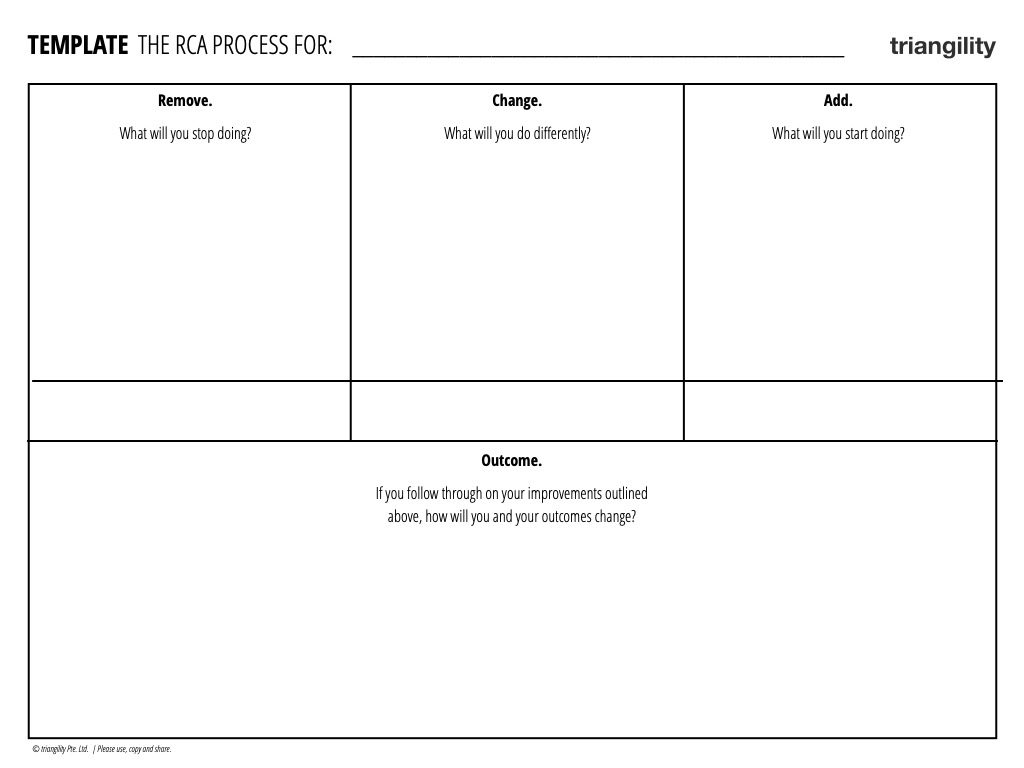
Execution:
Choose your context.
Think about an area in your personal / professional life, a project, or a feature of your organisation that you currently feel dissatisfied with. It could be the outdated structure of your business model, your own leadership behaviour, a project that is not going as well as you’d want it to, or even your unhealthy sleeping schedule. Once you’ve decided on your context, write it into the headline of the RCA Canvas.
Create your content.
Now, add content to each column of the RCA Canvas to identify how you can improve your current way of operating. Here are some ideas to help you with that:
1️⃣ Remove: Think about anything that is costs you a lot of time, money or energy. Is it really necessary to continue doing? If so, reconsider it in the change section. Think about effectiveness and efficiency in your chosen area: What are the wrong things that you’re doing, and which things are you doing wrong?
2️⃣ Change: If there are certain things that absolutely have to be done but still cause you a lot of frustration, try to think about how you could do the same thing differently. Maybe you could outsource an activity, change your attitude about it, or do it at another time of the day to make it easier?
3️⃣ Add: This is your creative space: Think about things that you haven’t tried before or that you think are of great benefit. However, remember that this is not supposed to be an outline of good resolutions, but a list of realistic action steps.
One thing to keep in mind.
Whilst thinking about what you can remove, change and add within your chosen area of business or life, keep in mind that all the things you note should be possible for you to execute right now.
To commit to action, choose one card in each column which you will tackle within the next 72 hours and mark it in a different colour (e.g. red). If you like, you can also mark the other cards in specific colours to define their urgency (e.g. cards in yellow will be tackled within 4 weeks, and cards in blue will be tackled within 3 months).
The purpose of the exercise it to create an overview of your current situation and derive concrete measures of what you can do to transform it in a positive way in the near future. So get creative, but stay realistic.
Reflection:
Once you have filled out the Canvas, you may want to use these questions to reflect on your findings:
- Are there more cards in one of the columns than in others? What could that mean?
- How did you choose the one action step (red card) that you will complete within the next 72 hours? Was it the one that was easiest to do, or maybe the one that was most urgent or impactful?
- Who will be accountable for the completion of the red task?
- What will happen with the other cards/tasks? Who will ensure that they are not left behind, but will be tackled at a later stage?
Material:
(Virtual) Whiteboard / Flipchart
Sticky Notes in different colours
RCA Template
Pens / Markers
Duration:
20-30 min


